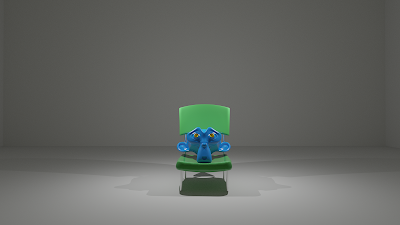We finally began the shooting of Rumi's Protege. We met up at our producer, Zainab Hyat's house and began preparing immediately. The location scouting wasn't much as the only locations used were Zainab's house and our A Levels college campus.
Zainab's garden that showed the protagonist's
"happy place"
"happy place"
The shot for the thumbnail of the film opening
Zainab applying makeup on Mustafa Babar, the protagonist
Shooting the final take in our A Levels College
A celebratory picture with the entire theme along with our cast
It was a really fun and memorable day, however we did come across a few problems while shooting indoors.
The lighting was very dim and we wanted to show sunlight entering the room, luckily we were able to fake it using an artificial light source
The lighting was very dim and we wanted to show sunlight entering the room, luckily we were able to fake it using an artificial light source
faking sunlight with an artificial light source




















